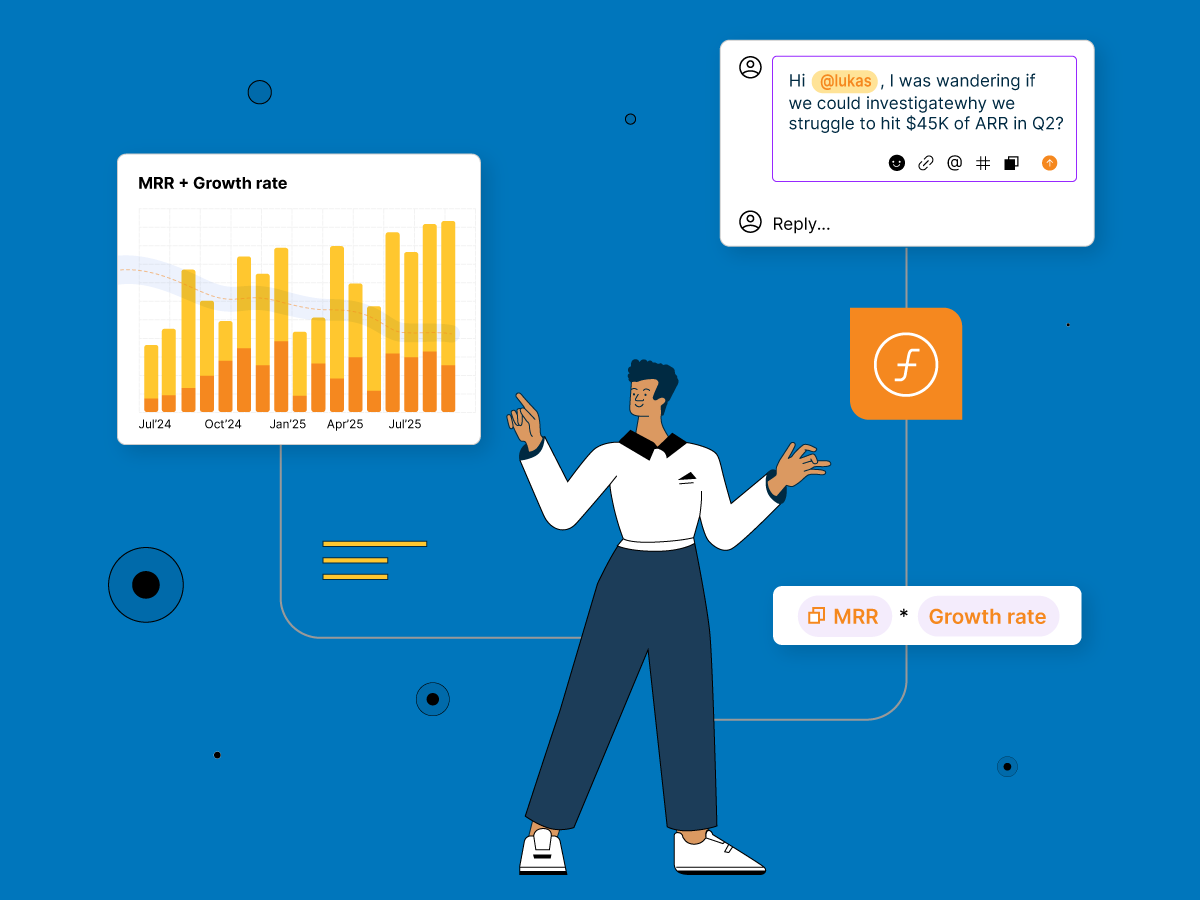Contact information.
-
Address"Ekzarh Yosif" street, 31, 1000 Sofia, Bulgaria
-
Phone:+359 2 980 95 99
-
Websitewww.balkanservices.com

Pandemics, military conflicts, and frequent regulatory changes create an environment of constant instability for financial leaders. In these conditions, the ability to adapt quickly and take action based on reliable data is now a critical requirement for success.
Yet many finance teams continue to rely on outdated manual processes that limit their effectiveness and slow down decision-making. This raises a key question for CFOs:
How can we ensure effective financial planning across the entire organisation in conditions of instability?”
A recently published study by International Data Corporation (IDC), conducted among 370 CFOs and finance managers from around the world, shows that 46% of respondents identify corporate financial planning and modelling as the most critical process in need of improvement, followed by financial reporting and forecasting.
The response of nearly half of the survey participants highlights a significant challenge: traditional financial planning and analysis (FP&A) models, initially developed for more stable markets, often fail to meet the needs of businesses in today’s world. Isolated data and a lack of integration between departmental planning and financial forecasting make organisations vulnerable to market shocks.
Read more: Sunotec consolidates its financial statements using Lucanet
In other words, financial planning is valuable and sufficient during periods of stability and predictability, but as instability increases, its value and sufficiency change.
The transition from Financial Planning and Analysis (FP&A) to Extended Planning and Analysis (xP&A) represents the next phase in financial transformation, linking financial and operational planning within organisations.
xP&A enables businesses to integrate all departments into a single framework, ensuring that financial leaders have the real-time information they need to make proactive decisions.
In a world where adaptability is no longer an option, comprehensive financial and operational planning is crucial for organisations seeking to secure their financial strategy for the future.
Traditional financial planning and analysis (FP&A) processes are built with a focus on predictability rather than change management. Annual budgets, fixed forecasts, and fragmented departmental planning are increasingly at odds with the demands of today’s dynamic markets.
We will examine the key challenges associated with this traditional approach and illustrate them with practical examples from the real business environment.
Read more: MFG reduced financial consolidation time from 7 days to 2 days [case study]
An international consumer goods company is preparing its annual sustainability report to comply with new ESG requirements, such as the Corporate Sustainability Reporting Directive (CSRD).
In this example, the company’s ESG department uses a separate tool to track emissions data (scopes 1, 2, and 3). At the same time, the finance department utilises data from an ERP system for budgeting and forecasting purposes. The operational team responsible for procurement and production works with a third, separate system (e.g., a warehouse management system).
In this situation, when the finance department needs emissions data to report on the costs associated with the supply of raw materials, the information is not easily accessible or is incompatible between the different departments. This is because the operations team reports emissions at the regional level, while the ESG team tracks global metrics. Inconsistent data sets slow down compliance efforts and force the finance team to rely on outdated assumptions for ESG-related budgeting.
• Delays in preparing reports that comply with ESG regulations can lead to the risk of penalties and reputational damage.
• Isolated data makes it challenging to accurately align financial planning with sustainability planning.
• Missed opportunities to integrate ESG metrics into long-term financial and operational strategy.
Read more: How Boni Holding AD reduced the time for financial consolidation by 92% [case study]
A chain of stores prepares its annual budget in January based on historical data. In the middle of the year, a competitor launches aggressive pricing campaigns that significantly change the market environment. The company’s fixed budget lacks the flexibility to reallocate resources to promotional activities or adjust inventory levels quickly. By the time the company responds, customer loyalty has already shifted to competitors.
The company’s finance department uses spreadsheets for financial planning and consolidates department budgets. Each month, the finance team spends weeks collecting data from various departments, comparing its accuracy, and updating forecasts. Not only do errors in spreadsheet formulas cause repeated delays, but when market conditions change, the team is too busy with manual work to analyse and act quickly.
Integrated financial and operational planning overcomes these challenges through integration, real-time data analysis, and closer collaboration between teams. This gives financial leaders the tools to manage their organisations with greater foresight and flexibility.
Our team is here to listen carefully and offer the right solution for you.

Extended planning and analysis (xP&A) is not simply an extension of traditional financial planning and analysis (FP&A), but a more comprehensive and sophisticated approach to financial planning. This approach transforms the way organisations plan, forecast, and execute their strategies by integrating economic and operational data across all business functions and units.
IDC research shows that organisations that integrate financial and operational planning through modern software solutions achieve greater data accuracy, efficiency, and flexibility. Lucanet’s xP&A solution is designed to deliver this.
Read more: ERP systems and EURO – how do you prepare them? (UPDATED)
Lucanet xP&A adds strategic value by consolidating data from finance, sales, human resources, and other operational departments into a single source of truth. This integration provides real-time access to key data, ensuring alignment of strategic goals across the organisation.
With accurate and consolidated information, leaders can confidently respond to market changes and make informed decisions. xP&A enhances flexibility through real-time scenario planning, enabling finance teams to proactively model various market scenarios, adjust their strategies, and mitigate risk.
This dynamic approach replaces fixed budgets with up-to-date forecasts, enabling continuous adaptation to changing market conditions.
· Eliminating data silos: xP&A brings together finance, operations, sales, human resources, and sustainability systems into a single source of information.
· Proactive decision-making: With real-time data and continuous forecasting, xP&A enables organisations to respond before disruptions have a negative impact, whether sudden regulatory changes or competitor actions. An example from the retail sector illustrates how xP&A allows a company to adjust its budget and effectively counter aggressive pricing strategies.
· Optimisation of manual processes: xP&A automates data consolidation, scenario modelling, and reporting, freeing finance teams from their dependence on spreadsheets. In the example above, this means faster analysis, timely response, and significantly higher data accuracy.
The Lucanet CFO Solution Platform enables CFOs and their teams to:
In today’s dynamic business environment, flexibility and foresight are critical to success. xP&A provides the framework for financial leaders to meet these challenges.
Are you ready to prepare your financial strategy for the future?
Learn how Lucanet xP&A can transform your business.
Source: Lucanet
At Balkan Services we have expert knowledge of business, technology, and legislation, and we speak all three languages. We will listen carefully and advise you on choosing the right business system for your needs.
Balkan Services has been supporting businesses on their digital transformation journey since 2006. We have already helped over 270 companies to digitalize their business by implementing well-established software solutions and IT infrastructure management.